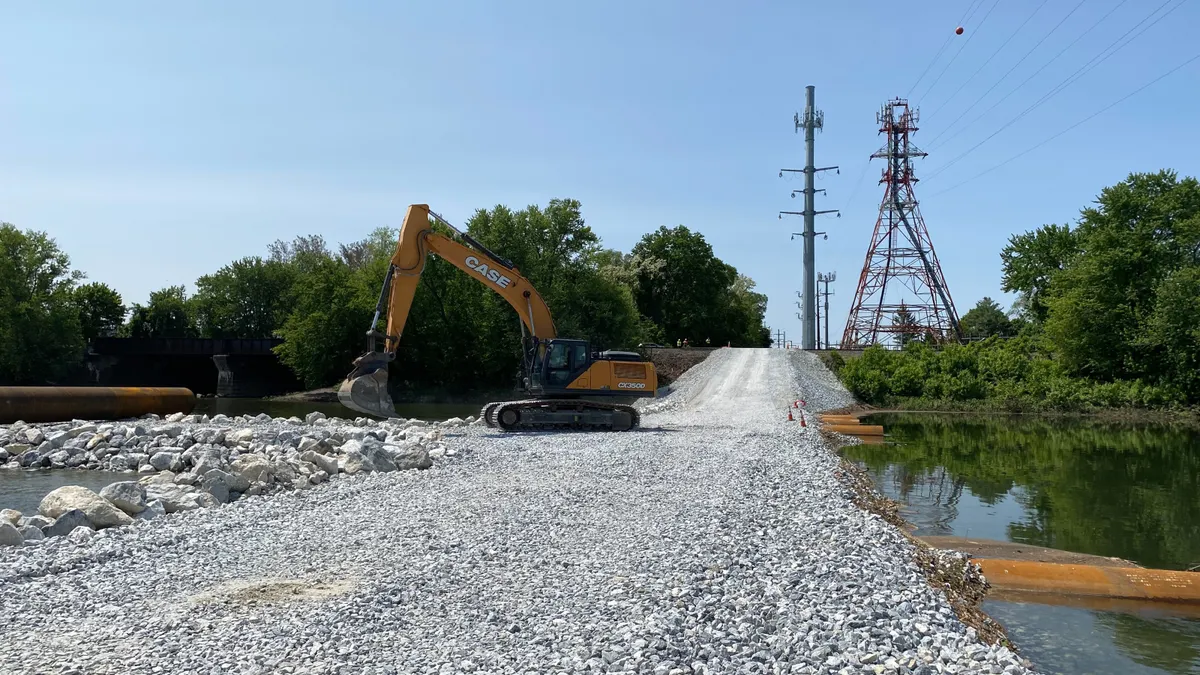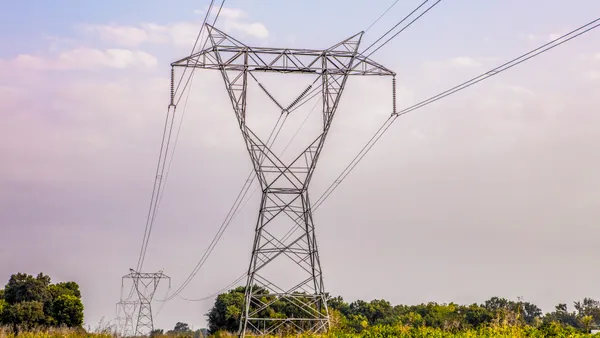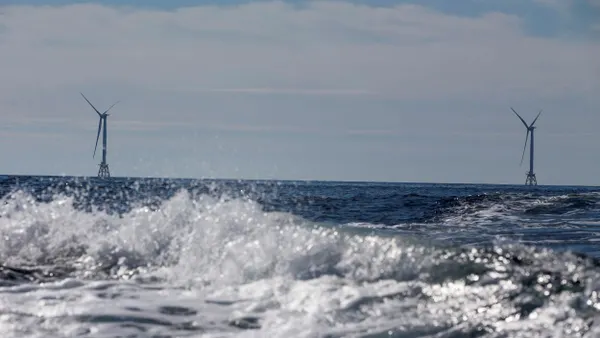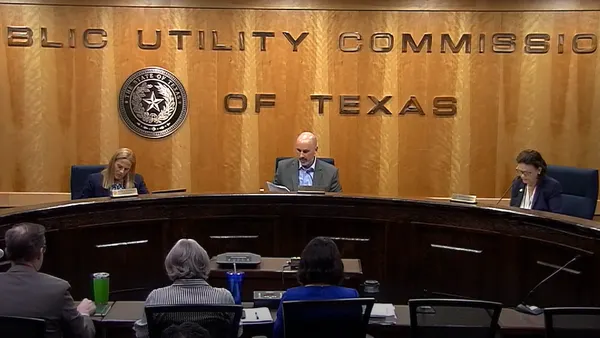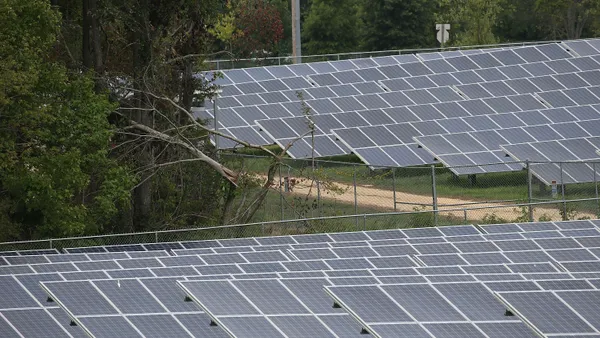One of the nation’s more outspoken environmental groups is dishing out backhanded praise to the energy sector. It comes in the form of a new report, America’s (Amazingly) Good Energy News, that says the U.S. has found so many innovative ways to save energy that economic productivity from oil, natural gas and electricity has more than doubled over the past 40 years.
The reason? A dramatic increase in energy efficiency spurred primarily by government policies and the willingness of consumers and businesses to invest in energy efficiency. The industries themselves get little credit from the National Resources Defense Council (NRDC), author of the report, perhaps because historically it has not been in the industries' economic interest to sell less of their products. It is the first such report by the NRDC to scour extensive government data and examine the state of the US energy economy.
For the first time in modern history, the national growth rate for electricity consumption has lagged behind population growth in the last two years, after recovering somewhat from the 2008 recession, according to the NRDC.

From 2000 to 2012, power consumption rose roughly 6%, with an average annual growth of 0.5%, even as the population increased at twice that rate, the NRDC said, citing data from the Energy Information Administration (EIA).
Released Tuesday, the report shows that “although the nation’s energy news has trended from bad to worse for decades, we’ve seen a remarkable turnaround, much of it due to the huge and inexpensive resource of energy efficiency —getting more out of every energy dollar,” said Ralph Cavanagh, co-director of the energy program at NRDC. “But you’d never know it from those who want to build the massive KXL pipeline, ratchet up oil and gas drilling, launch a nuclear renaissance or embrace an ‘all of the above’ energy policy."
As a result of efficiency, factories and businesses are producing substantially more products and value with less energy. The amount of gasoline per mile driven is down and the cost of all energy services (from lighting to refrigeration) has also decreased, NRDC said. “These energy reductions are saving hundreds of billions of dollars every year, helping U.S. workers and companies compete worldwide, and making our country more secure,” Cavanagh said.

Among the report's other findings:
- Total U.S. energy use in 2012 was below the 1999 level even though the economy grew by more than 25% (adjusted for inflation) in that period.
- Oil used for vehicles, homes and business continued an extended decline in 2012, down 14% from its 2005 peak.
- Coal use in 2012 was less than in 1985 and down about a 25% from the peak year of 2005.
- Natural gas, a cleaner-burning fossil fuel, raised its market share to 30% of electricity generation in 2012, a 40-year high.
- Nuclear generation has flattened, with less than 19% of power coming from reactors. Nuclear production was down 5% in 2012 from its 2007 peak.
- Wind and solar power have been growing steadily, but still provide a paltry 3.5% and 1%, respectively, of US power at the end of 2012.
The use of less fuels that contribute climate-warming carbon dioxide pollution is also down, NRDC said, putting the nation on track to meet President Obama’s emissions reduction target of 17% over the next seven years.

But as far as the nation has come, more aggressive investments in energy efficiency could slash consumption by 23% by 2020 and save customers nearly $700 billion, NRDC said. They report did not offer an estimate of how large the investments would have to be to achieve that level of demand reduction.
But one action that must occur to help cut electricity demand, NRDC said, is for state regulators to step up and "reward utilities" for encouraging efficiency and "stop the unintended but widespread practice of automatic financial penalties when the utility's sales level off or decline because customers do the right thing."
We'll see if these findings by NRDC, not usually an ally of the electric utility industry, will help encourage stakeholders to take the leap of faith needed to get to an inevitable, new utility business model.





